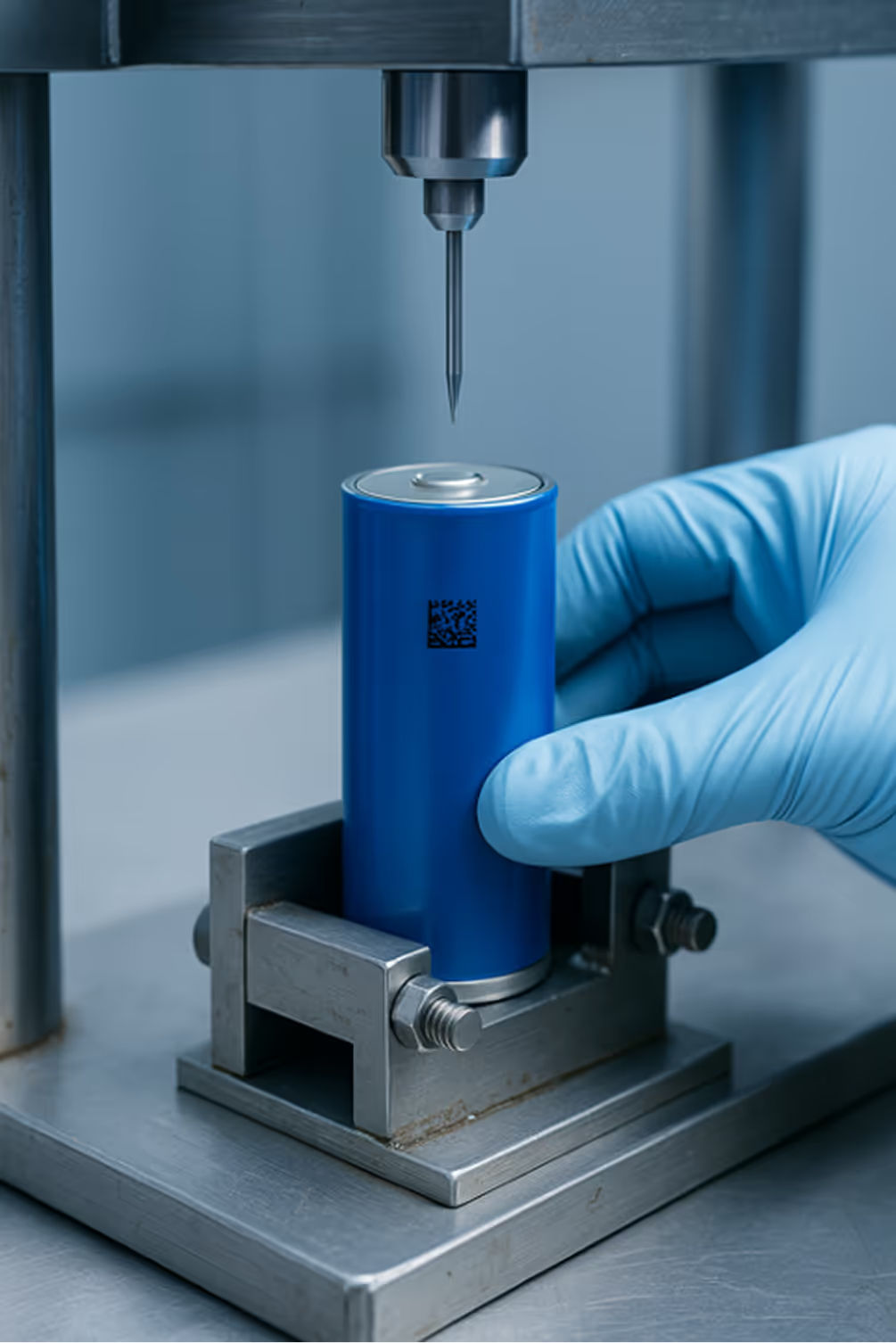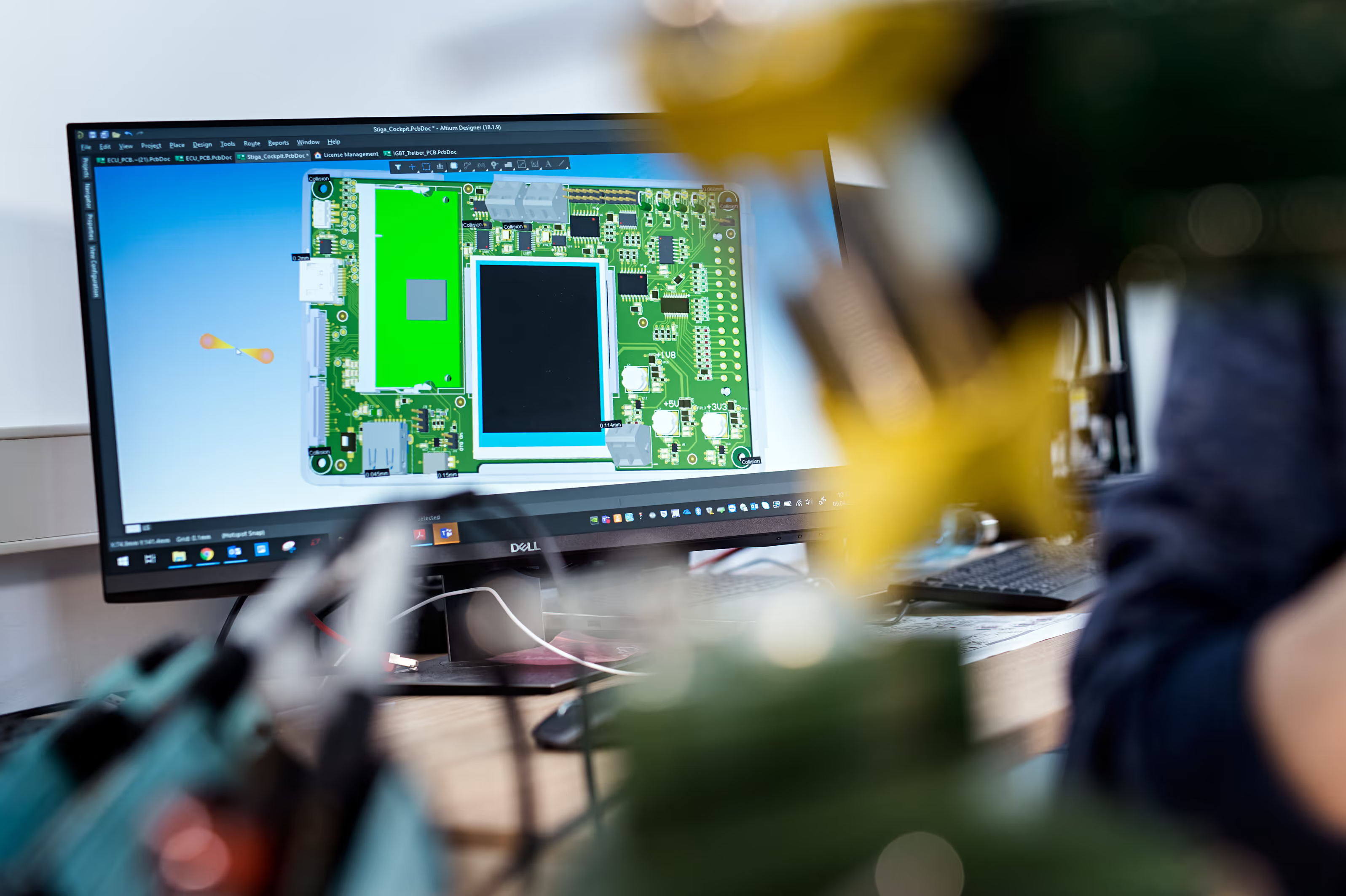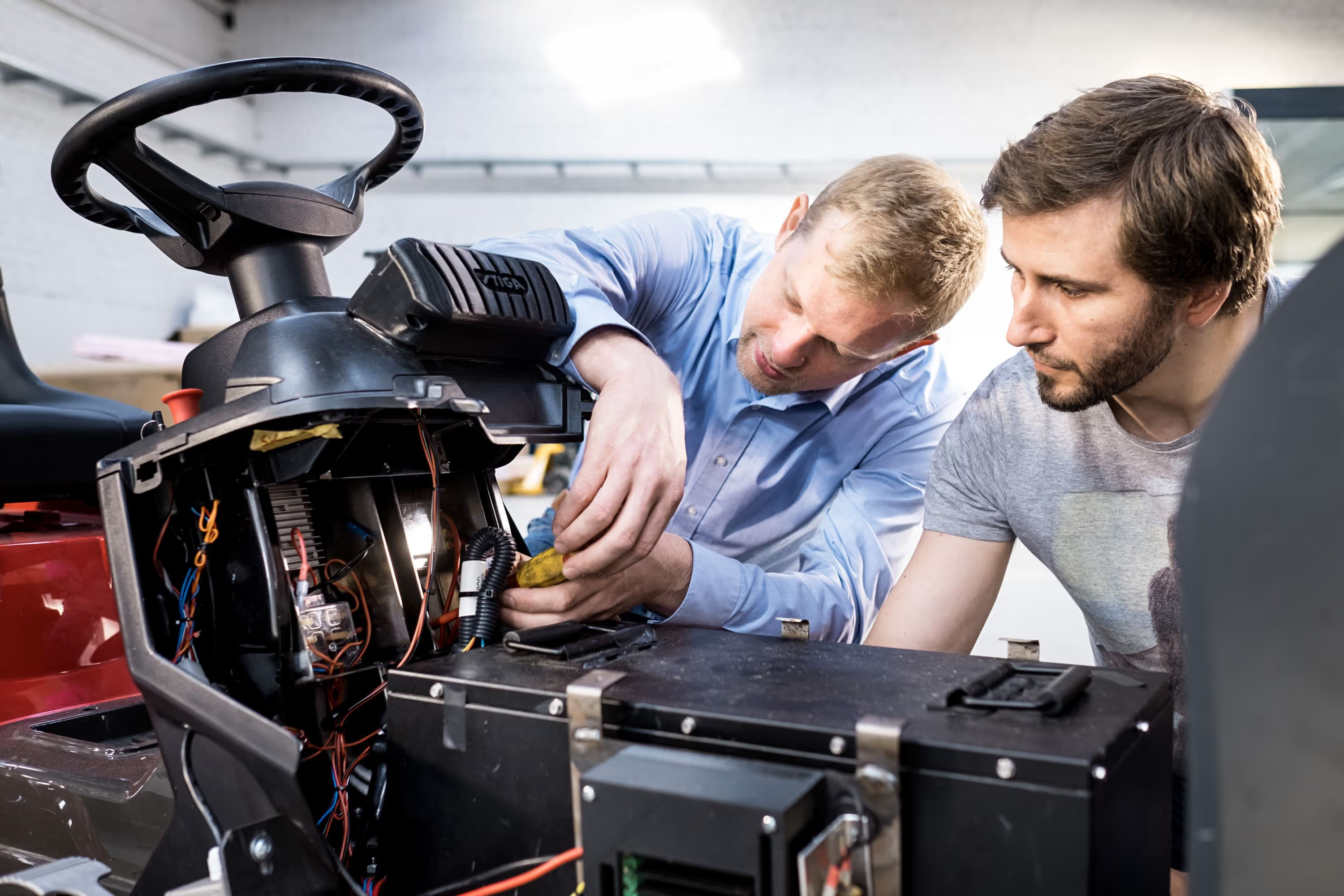Cell balancing
Cell balancing is the process of equalizing the state of charge among individual cells in a battery pack to optimize performance, enhance safety, and extend lifespan.
In the dynamic field of battery technology, cell balancing stands as a pivotal mechanism that ensures the uniformity and reliability of energy storage systems. By addressing disparities in state of charge (SOC) across cells, this process mitigates risks such as thermal runaway, capacity fade, and system failure, making it indispensable for professionals designing battery packs for electric vehicles, renewable energy storage, and portable electronics. As battery demands grow in complexity and scale, mastering cell balancing techniques becomes crucial for achieving high efficiency, safety, and compliance with industry standards.
Fundamentals of Cell Balancing
Cell balancing is not just a technical detail but a core function that directly impacts battery performance and longevity. It involves continuous monitoring and adjustment of SOC to prevent overcharging or over-discharging of any cell, which can arise from manufacturing tolerances, temperature variations, or aging. A well-implemented balancing strategy ensures that the entire battery pack operates within safe limits, maximizing energy utilization and minimizing degradation over time.
Why Cell Balancing is Critical
Without effective balancing, even minor imbalances can escalate during charge-discharge cycles, leading to reduced capacity and increased failure rates. In series-connected packs, the weakest cell dictates overall performance, causing energy loss and potential safety hazards. Proper balancing homogenizes cell behavior, which is essential for consistent power delivery and avoiding catastrophic events like thermal runaway. For professionals, this means designing systems that proactively manage cell variances to uphold reliability and meet stringent operational requirements.
Key Parameters and Metrics
Balancing strategies often focus on voltage as a primary indicator of SOC, but advanced approaches incorporate current, temperature, and internal resistance for greater accuracy. Understanding these parameters allows engineers to tailor balancing methods to specific battery chemistries, such as lithium-ion or nickel-metal hydride, and application contexts. Metrics like balancing current, time, and efficiency are vital for evaluating system performance and ensuring that balancing actions do not introduce additional stresses or inefficiencies.
Methods of Cell Balancing
The battery industry employs two main categories of balancing techniques: passive and active, each with distinct advantages and trade-offs. Selecting the right method depends on factors like cost, energy efficiency, system complexity, and the specific demands of the application, such as in electric vehicles or grid storage systems.
Passive Balancing Techniques
Passive balancing, also known as dissipative balancing, works by diverting excess energy from higher-charged cells through resistors, converting it into heat. This method is straightforward and cost-effective, making it suitable for low-power applications like consumer electronics. However, its inefficiency in energy usage can lead to significant losses, and it may not address deep imbalances effectively. For professionals, passive balancing offers a simple solution but requires careful thermal management to prevent overheating and ensure long-term reliability.
Active Balancing Techniques
Active balancing redistributes energy from higher-charged cells to lower-charged ones using components like capacitors, inductors, or transformers, minimizing energy waste. This approach is highly efficient and capable of handling larger imbalances, making it ideal for high-performance applications such as electric vehicles and large-scale energy storage. Although it involves higher costs and complexity, active balancing provides superior performance and can extend battery life by maintaining more uniform SOC levels across the pack. Engineers must weigh these benefits against implementation challenges, such as electromagnetic interference and component sizing.
Implementation in Battery Management Systems
Integrating cell balancing into a Battery Management System (BMS) requires robust architecture and algorithms to handle real-time monitoring, control, and fault detection. The BMS acts as the brain of the battery pack, ensuring that balancing actions are synchronized with other functions like state estimation and thermal management to maintain optimal performance and safety.
BMS Architecture for Balancing
Modern BMS designs incorporate microcontrollers, dedicated integrated circuits (ICs), and software algorithms that manage balancing based on predefined thresholds. Strategies include top-balancing (equalizing during charging), bottom-balancing (addressing discharge disparities), or mid-point balancing, depending on the application. For instance, in electric vehicles, top-balancing is often preferred to maximize range and efficiency. Advanced BMS solutions leverage data from multiple sensors to dynamically adjust balancing parameters, enhancing adaptability in varying operating conditions.
Challenges and Solutions in BMS Integration
Challenges in BMS integration include managing heat dissipation in passive systems, minimizing noise and losses in active systems, and ensuring compatibility with diverse cell types and chemistries. Additionally, balancing must be coordinated with state-of-charge estimation and fault diagnostics to prevent false triggers or system failures. Solutions involve using sophisticated algorithms, such as Kalman filters, for accurate SOC prediction and implementing redundancy in critical components. For professionals, addressing these issues is key to developing reliable BMS that meet industry standards and user expectations.
Industry Applications and Best Practices
Cell balancing is essential across various sectors, each with unique requirements driven by performance, safety, and regulatory standards. Adopting best practices ensures that balancing strategies align with application-specific needs, from electric mobility to stationary storage, and comply with international guidelines.
Electric Vehicles (EVs)
In EVs, cell balancing is critical for maximizing driving range, battery life, and safety. Imbalances can lead to reduced capacity, increased charging times, and higher risk of failures, especially under dynamic load conditions. Best practices include using active balancing systems with high efficiency, integrating real-time monitoring, and conducting rigorous testing under simulated driving cycles. For EV manufacturers, this translates to enhanced vehicle performance and compliance with standards like ISO 26262 for functional safety.
Energy Storage Systems (ESS)
For grid-scale ESS, balancing helps maintain stability, efficiency, and longevity in large battery packs. These systems often employ active balancing to handle significant energy flows and varying charge rates, supported by robust BMS architectures. Best practices involve regular calibration, adherence to standards such as IEC 62619, and implementing predictive maintenance to address aging effects. Professionals in this field focus on scalability and reliability to support renewable integration and grid resilience.
Portable Electronics and Industrial Applications
In portable electronics and industrial equipment, balancing ensures consistent performance and safety in compact battery packs. Passive balancing is commonly used due to its simplicity and low cost, but active methods are gaining traction for high-end devices. Best practices include optimizing balancing thresholds for specific use cases, minimizing size and weight, and ensuring compliance with safety regulations like UL 1642. Engineers must balance cost and performance to meet consumer and industrial demands.
In conclusion, cell balancing is a foundational technology that underpins the safety, efficiency, and durability of modern battery systems. As the battery industry advances, ongoing innovation in balancing methods and BMS integration will drive improvements in energy storage solutions. Professionals must stay informed about emerging trends, such as AI-driven balancing algorithms and new materials, to design systems that meet evolving market needs and regulatory requirements.
Leveraging PEM Motion's Expertise in Battery Technology
PEM Motion supports battery manufacturers, component suppliers, OEMs, and EV producers in navigating the complexities of cell balancing and beyond. As an international engineering and consulting partner, PEM Motion offers specialized services in Battery Testing & Compliance, ensuring that products meet rigorous international standards such as UN 38.3, IEC 62133, and ISO 26262. Their BMS Solutions include designing and implementing effective cell balancing strategies tailored to specific applications, while Training programs equip teams with the knowledge to handle advanced battery technologies. Additionally, Operations Support helps optimize processes for testing, documentation, and compliance, reducing time-to-market and enhancing product reliability. By collaborating with PEM Motion, companies can address challenges in battery development, achieve global compliance, and drive innovation in the competitive energy storage landscape.
Our Focus
What we do

BATTERY Compliance
We ensure your batteries meet all compliance standards for safety and performance.

OPERATIONS & TRAINING
We empower your team with comprehensive training and operational consultation for battery technology and energy storage solutions.

BMS SOLUTIONS
We offer a wide range of Li-Ion battery solutions and Battery Management Systems for various industries.












